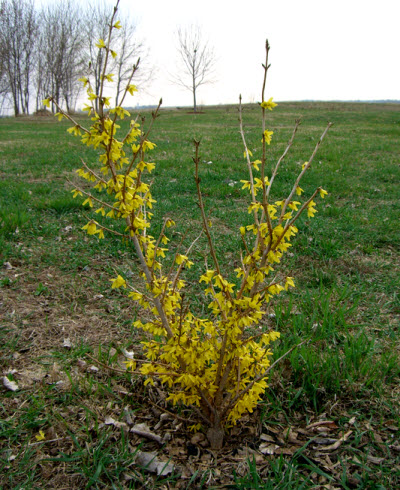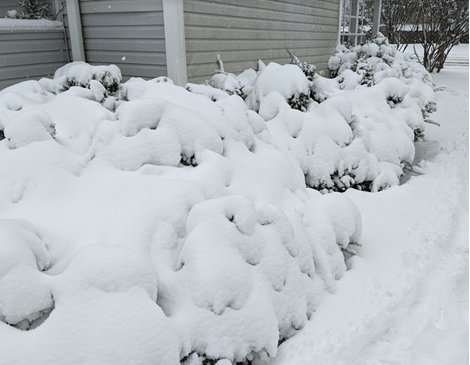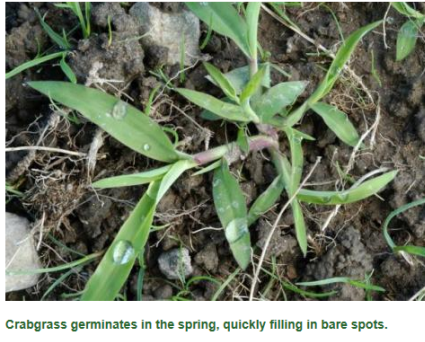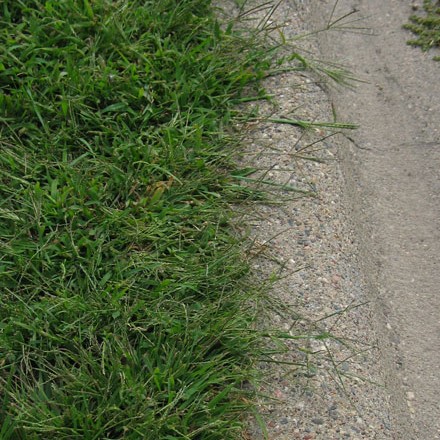Click below to listen to my 2 min. Garden Bite radio show: Lawn care – weed killing
Audio PlayerDoes forsythia bloom foretell the coming of crabgrass?

Perhaps, but Mother Nature is fickle, as we experience nearly every year! Sometimes we get above average temperatures, sometimes we get two feet of snow.

I do believe we’re past that now and people are more interested in what to do about crabgrass…

Today it’s about PRE and POST-emergents. They affect germinating seeds. That means, to be effective, the herbicide should be applied two to three weeks before weed seeds germinate.
The University of Minnesota Extension, which is in zone 4, says application of preemergents should NORMALLY be between May 5 and May 20, but that’s changing. In fact, this week is when you should get at it.

So what about Post-treatment considerations? There are a lot of varying views as to the HOW of this operation. I’m using university based information.
Post Emergent herbicides may be applied any time the weeds are actively growing, the air temperature is 60–80 degrees F, there are no winds, and there is no rain in the forecast for 48 hours.
For Crabgrass: Post-emergent herbicides like quinclorac and mesotrione can be effective, but you need to apply them while plants are still young. The longer you wait, the less effective they will become.
Most effective control of perennial broadleaf weeds is when applied in early fall (August 15–October 15) or in spring (May 1–June 1). Some weeds will need repeated applications.
Herbicides are tricky and some will kill the plants you WANT to keep. It’s very important to read the directions.
If you have a lawn service, I highly suggest you question them on their knowledge of the chemicals they’re using.
